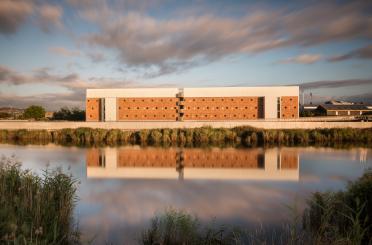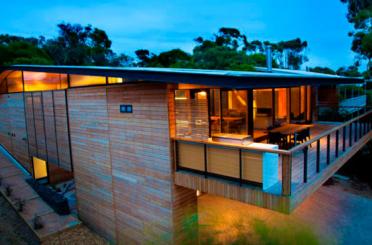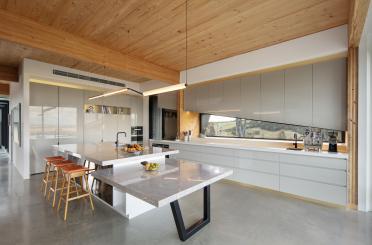Bella Vista NSW 2153
Australia
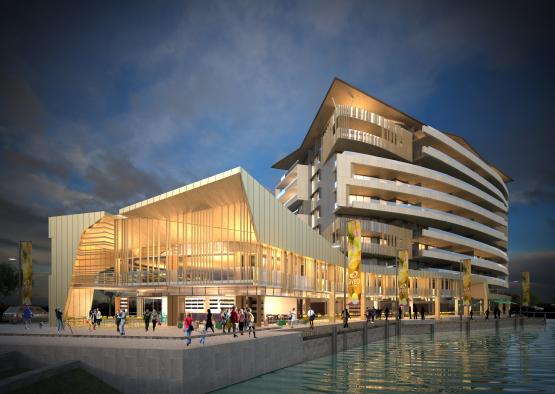
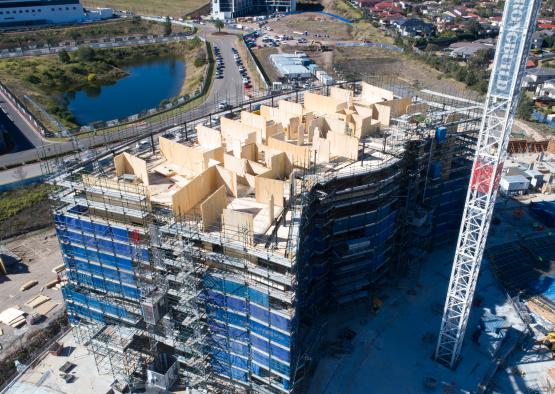
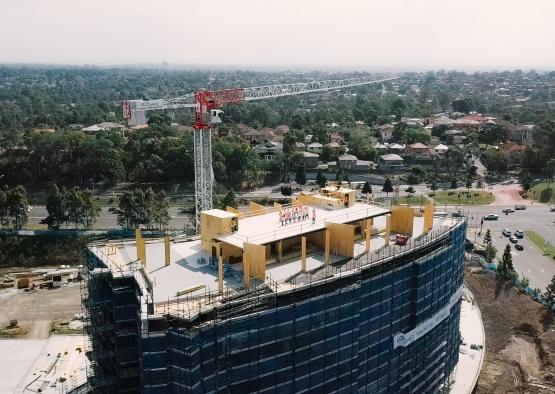
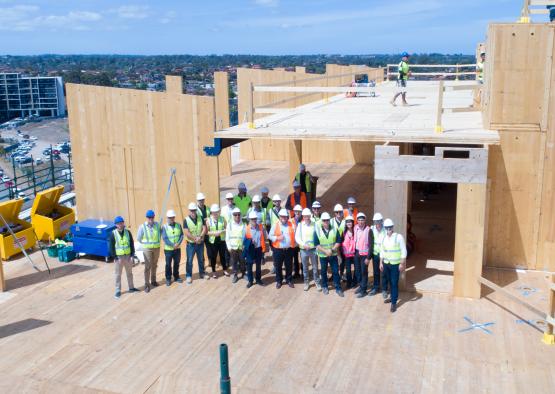
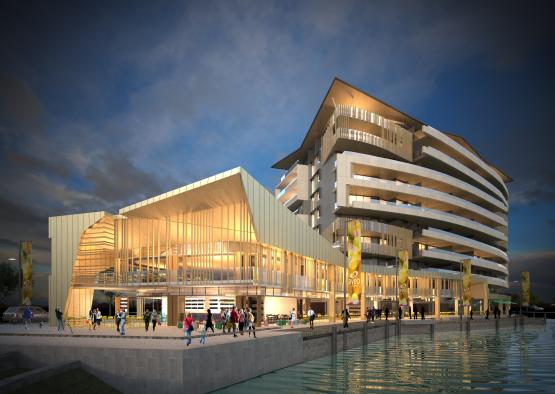
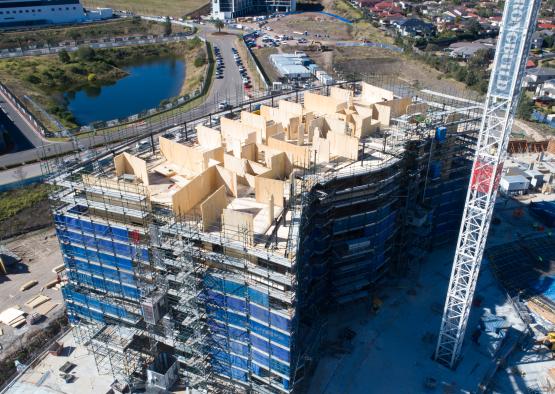
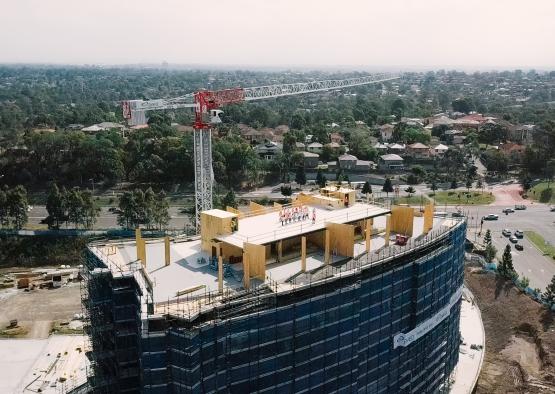
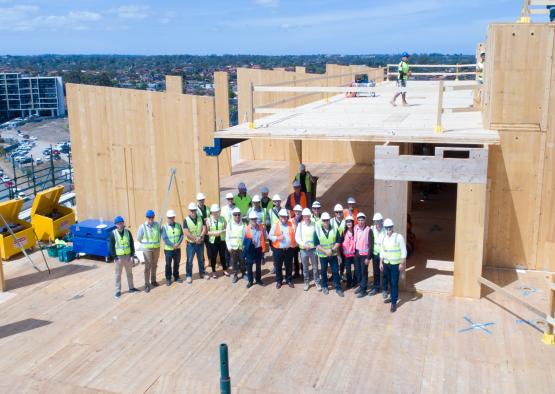
Overview
The AVEO Norwest building is – in a way – the first of its kind. The design for this ten-storey residential apartment building (containing approximately 3600m3 of CLT) breaks the mold of the typical mass timber designs we have seen coming out of Europe and produced internationally over the last decade.
One of the most noticeable and innovative aspects of this residential apartment building is the design for timber construction. Conforming to the client’s brief for efficient construction and a high-quality structure beyond a "standard box", dictated no compromise to apartment layouts or building design in favour of specific prefabrication or mass timber construction requirements. The desired apartment layouts required a higher number of more complicated junctions of the CLT floor slabs than could have
been achieved with layouts driven purely by efficiency for mass timber construction. The design of curved and seemingly cantilevered balconies required a hybrid construction approach incorporating GluLam beams and structural steel. The design needed to achieve a perfect balance between architectural intent and construction rationale.
The project has achieved sustainable outcomes through the use of timber, and through the overall energy efficient design. Sustainability has been fundamental throughout the project’s development. The project aspires to raise the bar by not only providing a sustainable, superior amenity to the end-user, but also by pushing the boundaries of what is perceived possible in mass timber design and construction technology.
-33.7385605, 150.9504582
Structure
Sustainability
Energy efficient design has been fundamental throughout the project’s development. The building’s façade articulation aids natural ventilation by creating different pressure zones along the face. Zonal control of the mechanical ventilation allows for minimisation of energy use. All residential corridors have access to natural light and ventilation, providing air to the units and further reducing the need for mechanical ventilation. Mechanical services have been specifically designed for the additional air tightness achieved in this mass timber building, thus reducing ongoing operational costs for heating and cooling.
The site has been subject to previous landfill and the immediate context has minimal vegetation. All existing trees and vegetation were retained, upgraded and incorporated into the expansive high quality landscaped areas proposed within and around the entire perimeter of the site. This creates a new habitat for humans and wildlife alike, and constitutes a significant improvement to the amenity of public and private outdoor space. The ‘Public Domain’ of the development includes a lake and boardwalk, as well as a landscaped through-site link which will be publicly accessible. The new lake and vast storm water facility below the basement carpark form part of a complex water management design that services the wider precinct.
At first principle the sheer volume of mass timber used in this first building of the AVEO Circa Norwest masterplan (app. 2,700m3) has significantly reduced the project's embodied carbon footprint by app. 2,700 tons of carbon compared to an equivalent volume of concrete. The applied timber construction methodology is market leading and the high level of prefabrication reduces energy and water consumption as well as waste production during the construction phase and on site. CLT is approximately 75% lighter than reinforced concrete. This allowed for a much leaner design of concrete footings and transfer structure in ground and throughout the podium levels, thus further reducing the use of reinforced concrete. The reduced weight also reduced transport requirements, truck movements and crane sizes.
Engineered Timber Products
Engineered timber (CLT and GluLam) was used for the building structure over 8 and 9 levels, from Level 1 and Level 2 (stepped concrete podium) upwards. This included internal and external CLT walls as well as floor, balcony and roof slabs. The desired apartment layouts required a higher number of more complicated junctions of the CLT floor slabs than could have been achieved with layouts driven purely by efficiency for mass timber construction. The design of curved and seemingly cantilevered balconies required a hybrid construction approach incorporating GluLam beams and structural steel. Lift and stair cores, as well as the egress stairs were constructed in exposed CLT.
The main driver for the use of prefabricated mass timber construction technology was the associated time efficiencies, and minimisation of onsite labour where possible. The client was committed to the delivery of a certain number of apartments within a fixed timeframe – a requirement that could not have been achieved with
conventional construction methods in concrete and steel. At the project’s inception it was widely understood that early design resolution and coordination is an absolute
prerequisite for mass timber projects with high levels of prefabrication. However, translating this requirement to the program, combined with various aspects of project delivery, presented a very steep learning curve for everyone involved.

